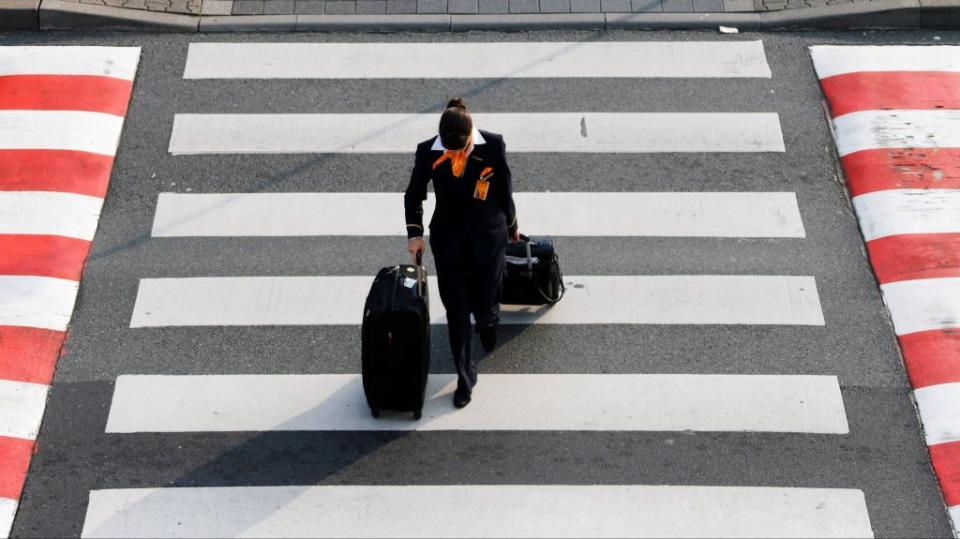These are the jobs with the biggest and smallest gender pay gaps

Measurement, coverage, and analysis of the gender pay gap—the systemic inequity between how much women and men are paid—has ramped up in recent years. The focus has been welcome but sometimes depressing: The World Economic Forum in 2018 (pfd) said that the situation had actually become worse in the last 12 months, and it would take more than 200 years to close current global economic gaps.
Today, a report from Glassdoor, a company that tracks salaries, suggests a more rapid timeline, at least in the countries it studied. Under the most optimistic trend model, the “adjusted gap”—where like-for-like jobs are compared—could be closed by 2035, less than 16 years away. (A more conservative estimate from the researchers suggests parity wouldn’t be achieved until 2070.)
Overall in the US, women earned 79 cents for every $1 made by a man, according to Glassdoor’s non-adjusted 2016-18 data. When the data was adjusted to create an “apples to apples” comparison (controlling for age, education, experience, location, and other factors), the gap shrank to 4.9%, down from 6.5% in 2011.
The company also collected data on seven other countries: the UK, Canada, Australia, France, Singapore, Germany, and the Netherlands. Australia had the smallest adjusted pay gap, at 3.1%, and the Netherlands had the largest, at 6.6%.
Glassdoor noted that the biggest factor in the existing pay gap is not, in fact, discrimination. Rather, the analysis found that women and men tend to choose different kinds of jobs, with women opting more often for lower-paying industries, and for types of work—like part-time employment—that pay less, but can more easily be fitted around other responsibilities, like childcare. Glassdoor analyzed data from more than 420,000 US salaries reported on its platform and representative samples from the other countries. The authors noted that, as a limitation, its US sample was somewhat more highly educated than the US average.
So, which jobs and industries still pay women much less than men—and which pay them more?
Working with the US portion of the data, Glassdoor found that the biggest gaps were for pilots (female pilots were paid 26.6% less than their male counterparts, a gap that’s worsened since Glassdoor’s previous survey in 2016), chefs, and C-suite executive positions like CEO and CFO. Notably, while the role of computer programmer ranked among the most unequally paid jobs, it was the one on that list with the biggest improvement. Female programmers were paid 11.6% less than their male counterparts in 2018, compared to 28.3% less in 2016.

By industry, the media and retail sectors were the most unequal. Both paid women 6.4% less than men after like-for-like adjustments.
There are also professions in which women earn more, on average, than men. The role of merchandiser, the person who assesses what stock a shop should sell, and sources it, paid women 7.8% more than men, while female therapists, social workers, and military officers also earned slightly more than their male counterparts. But the jobs in which women are paid more—and the jobs women do in larger numbers—are much less highly paid overall than male-dominated occupations.

“While these adjusted gaps may seem small, the accumulated impact on women’s lifetime earnings is very significant,” the study’s authors wrote, though they called the shrinking of the pay gap in all eight countries they analyzed “encouraging.”
Based on the findings, Glassdoor had some advice on how to close the remaining gap. For job seekers, they said, “the most important tool for achieving pay equity is knowledge,” particularly around salary. They said that applicants tend to seek salary information from people like them, or simply use rules of thumb, potentially perpetuating the gender pay gap themselves in what they ask for. Employers can help by being more transparent with salaries, constantly re-evaluating their pipelines, and introducing and encouraging the uptake of flexible working.
Sign up for the Quartz Daily Brief, our free daily newsletter with the world’s most important and interesting news.
More stories from Quartz:

 Yahoo Finance
Yahoo Finance 